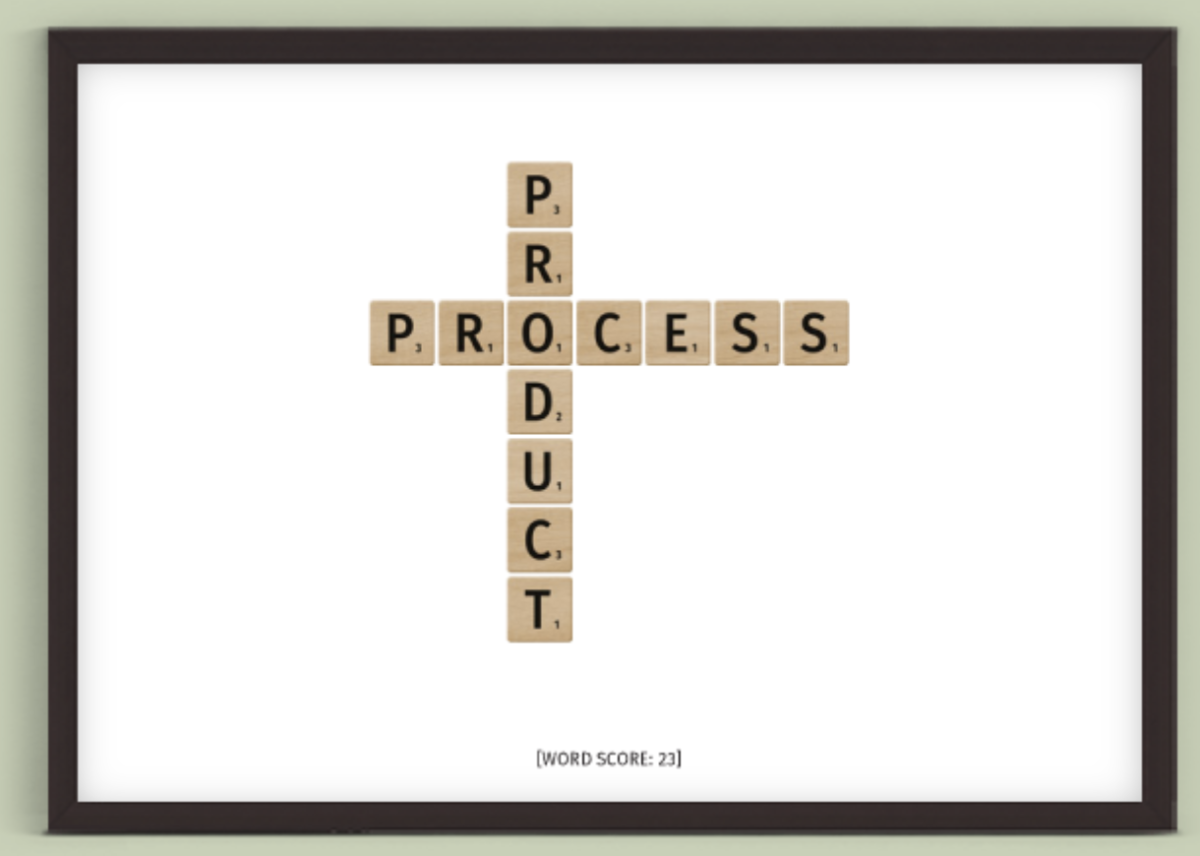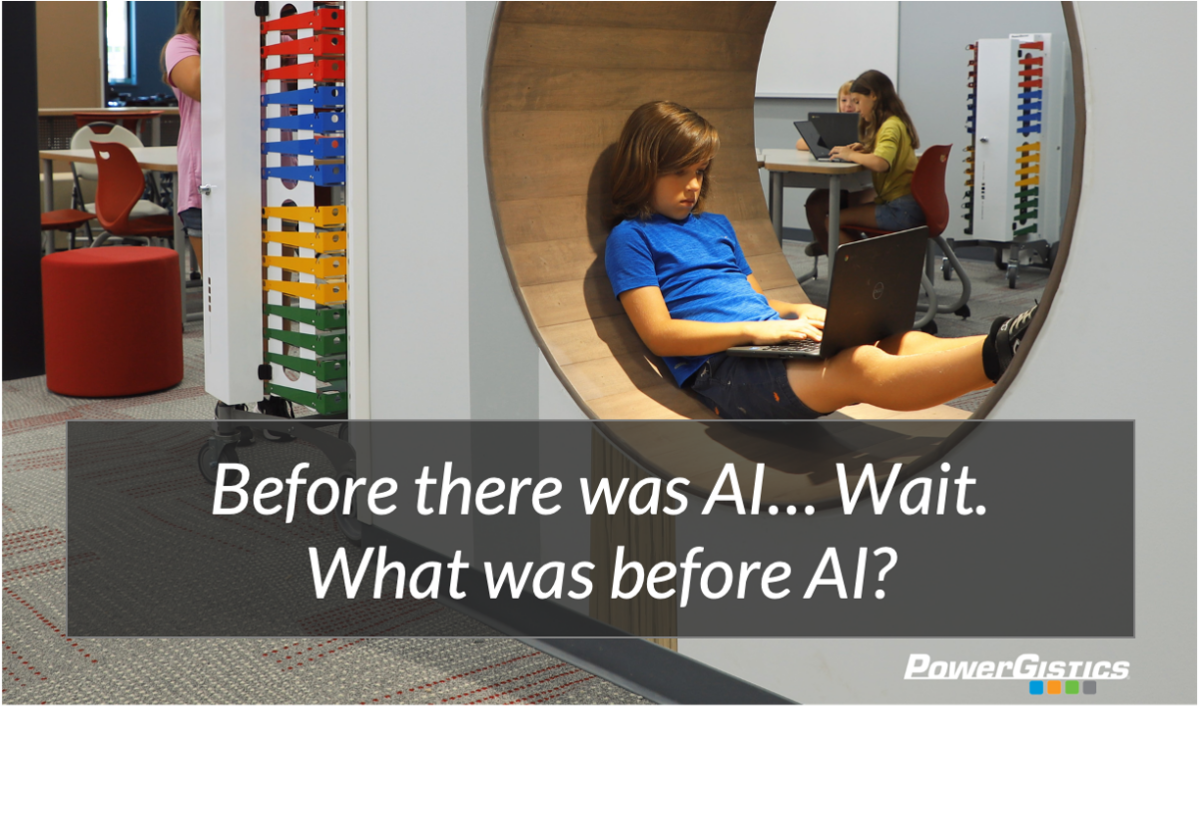Process Over Product

Success is a journey, not a destination. The doing is often more important than the outcome.
~Arthur Ashe

There has been a lot of talk about process over product in education for a while. It really seemed to gain traction during the pandemic when school (and work) were forced to go remote. Many school districts revamped and modified their grading policies during this time. The focus became more on the doing than the done. But what does process over product really mean?
There is a significant difference between process and product. Look at the image. You can see that process relies on student driven discovery while process is teacher led. Process encourages exploration and play while product is compliance and work. Process focuses on the why and the how to do things. Product focuses on the outcomes, like grades. Now, which one sounds more appealing to you? I know that I would rather explore and play.
So, how do you (and I) go about creating learning opportunities that focus on process instead of product? Well, when creating learning opportunities, here are some things to consider to ensure that process is the focus.
- Instead of asking what they will make, ask what will they learn?
- Instead of having closed ended projects that result in everyone creating the same thing, have something that results in multiple “right” answers.
- Provide opportunities to play and explore.
- Create interest in the doing and not the result.
What kind of learning opportunity looks at the process versus the product? How about coding assignments, or a webpage, or a video? Give the students some choice in how to demonstrate their learning. Have multiple opportunities that address different interests. Allow students to have time to uncover the content. You do not have to provide explicit explanations for everything. However, if there is something you want them to get, then be explicit about it.
Recommend0 recommendationsPublished in Leadership Voices






Responses